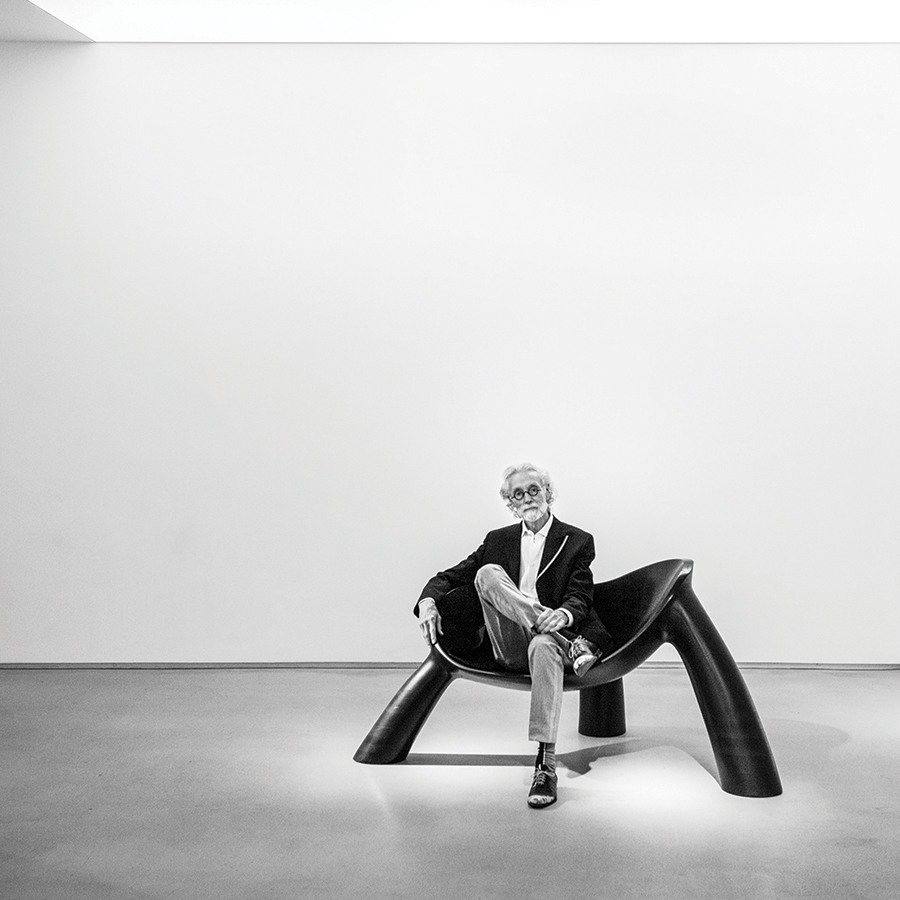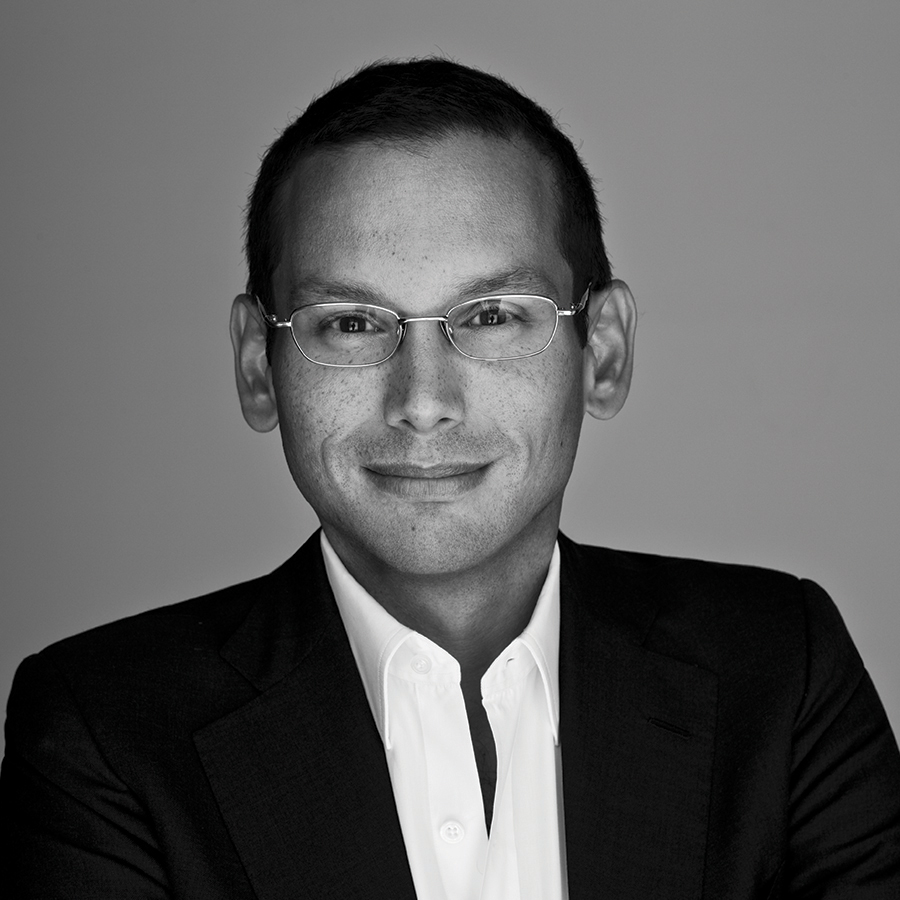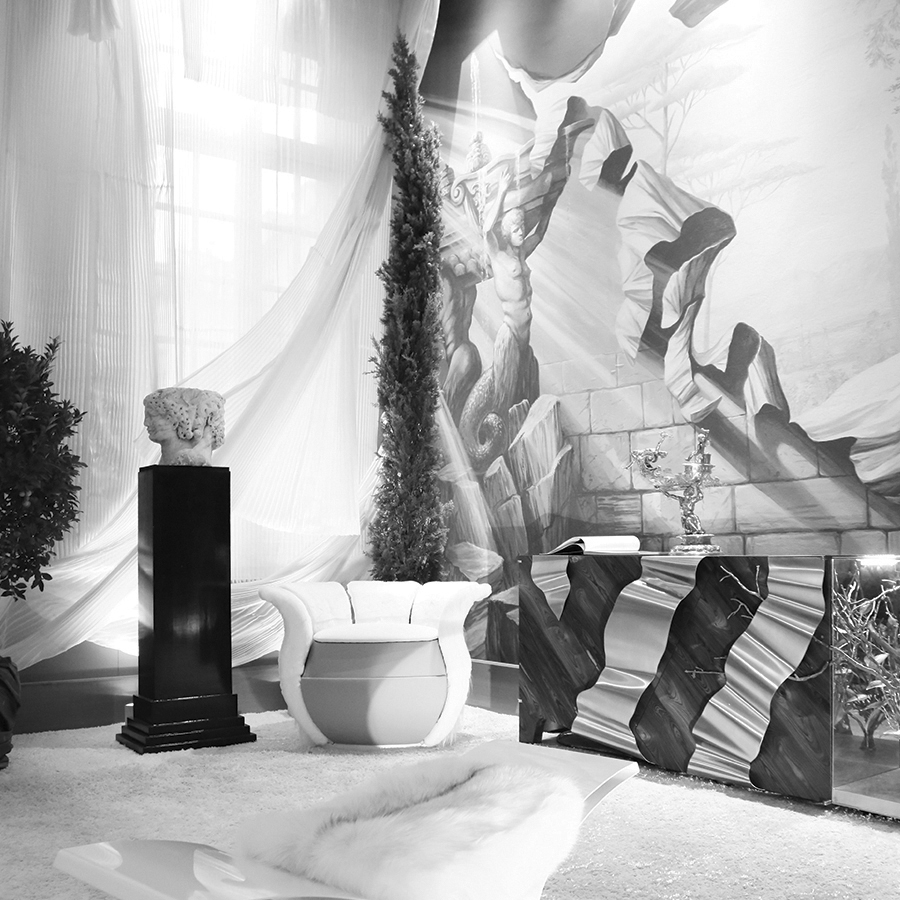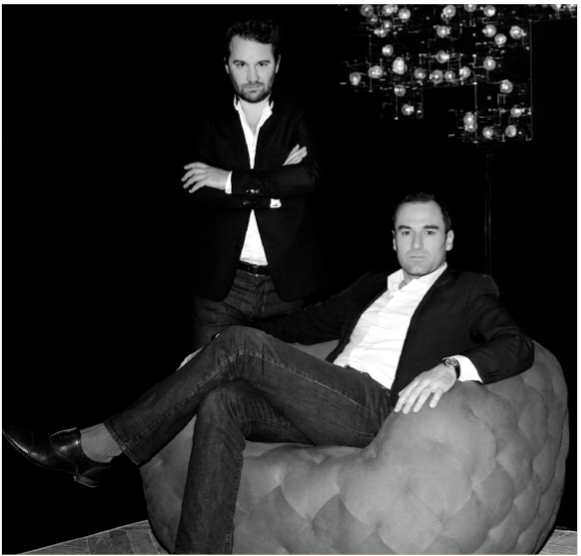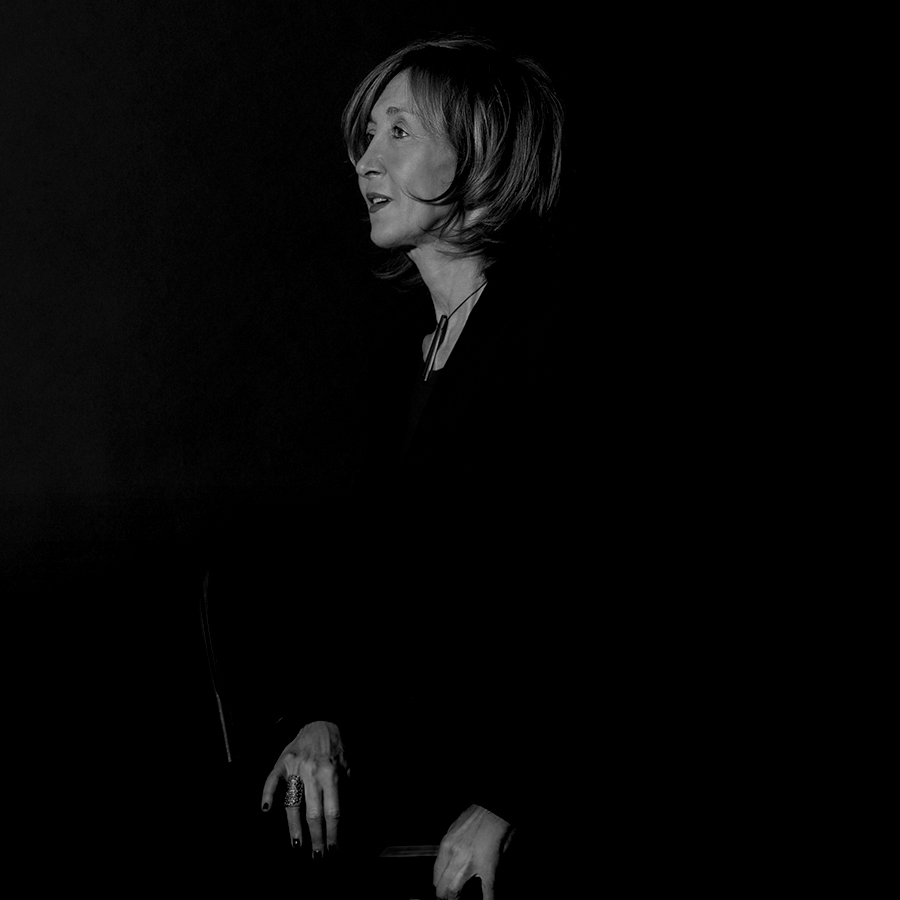
PATRICIA MARSHALL ON ADVICE
By Crash redaction
PATRICIA MARSHALL INTERVIEW ON ADVICE: ART ADVISOR FOR SOME OF THE BIGGEST ART COLLECTIONS AROUND THE WORLD, PATRICIA MARSHALL MET WITH US TO RETRACE THE MAJOR STEPS IN HER PROFESSIONAL LIFE AND GIVE US SOME EXPERT ANALYSIS OF THE ART MARKET AND ITS CURRENT TRENDS.
Interview by Frédéric Fournier
When and how did you get your start in contemporary art?
It all goes back to an eye-opening meeting with the famous art expert and agent, Ghislain Mollet-Viéville, who introduced me to minimal and conceptual art. And it really fascinated me. I didn’t understand anything, but it was like an epiphany. Then I moved to Los Angeles and got married. I was lucky enough to live in Santa Monica along with people like Ed Ruscha, Larry Bell, John Baldessari, John McCracken… After museums, they were my only sources of information at the time. Later on, in the 90s, I was fortunate to meet Mike Kelley, and all the anxiety I had about America and its middle class, ghettoes, lack of bearings, lack of emotion… I found it all in his works, and also in Paul McCarthy’s work. They were both like revelations for me.
Is that when you started collecting art?
No, I started a bit later. The first work I purchased was a large portrait by Thomas Ruff, then a few Nan Goldin photos. I started out with photography because it wasn’t very expensive. I also bought a work by Andreas Gursky, whom I had the pleasure of receiving at home. We got along well and he sent me a photo from the “Prada” series he had done. He told me the price was $16,000, and I immediately sent him a check. Everything just took off from there. I also became friends with Didier Krzentwoski: we had the same Nan Goldins, the same Thomas Ruffs. And in no time at all, we put together a little group of people from the same generation, with no money, but who collected the same things. That’s how new collectors came around. Right away we formed a sort of club and all pushed each other to do even more. For my part, I was buying Nan Goldins between $600 and $1,100. So even though we didn’t have any money, we could all buy photos by Thomas Ruff, the Bechers, Hiroshi Sugimoto… It was easy, it was the 90s! I was also the first to purchase The Santa Clauses by Paul McCarthy. Things didn’t cost as much then as they do now, so more people could join in on the game and it was fun. It was really a big club!
How did you transition from being an enlightened collector to an advisor for major international art collections?
I first started working in the modern art world at Galerie Robert Schmidt, but my passion since I was maybe 17 had always been contemporary art. So I started out in modern art, though I wasn’t completely into it. Then I met a collector looking to purchase a Cy Twombly work. Fortunately Marc Blondeau put me in touch with Claude Berri, who was selling at the time so he could buy Giogio Morandi works. So I picked up a few Twombly works for the collection I was putting together. That’s when Donald Judd passed away. I met his daughter and we bought her a really beautiful Stella from the 60s in bottle green. It was the perfect piece for her collection, which all of a sudden made me a high-end “art advisor.”
So everything kind of came together based on who you happened to meet?
I didn’t know much, but I was able to place different works in different places through my connections. I kind of had an eye for things because I had taken a few art history classes, but I mostly learned everything by working. I quickly found out that a collection is a lot like a book, that you needed a certain logic, a consistency. So I put together a collection that was different than any of my other collections in that I really wanted to create a logic, to find a historical link that would tie a group of artworks together. So we bought pieces by Manzoni, Fontana, Donald Judd, Carl André… and pretty quickly it became “The Collection” in Los Angeles. In 1995, I met Eugenio Lopez, a Mexican industrialist, who didn’t have many connections in contemporary art, so he asked me to help him put a collection together. Art advisor didn’t really exist as a profession at the time, at least as we know it today, so I had to go on intuition. Eugenio and I were both learning together. I showed him what I liked and what I was passionate about, which wasn’t commercially successful at the time. I had the DNA of a conceptual in me. So we had this mutually enriching relationship, which led to a really fruitful dialogue, great conversations, and we were able to put together a very conceptual collection: the Jumex collection. He was able to push me further and encourage me and we soon began working like a team.
And how did this experience help your career?
He really helped me express myself on a creative level. Putting together a collection is a form of art. It’s a construction. You have to be able to recognize and put things together, and create a dialogue. Eugenio is a brilliant man. He stays informed and understands things very quickly, and he has a piercing eye. It was like we were in our own world. We purchased works by Felix Gonzales-Torres, Carl André, and Donald Judd. Then we exhibited the collection in Mexico in 1998-1999. Everyone hated it. But it did fuel the emergence of an entire underground art scene in Mexico, which had no outlet in a country dominated by a culture of religious art. Thanks to this collection, artists like Gabriel Kuri, Damian Ortega, and a lot of others were able to step out of the shadows.
What do you like about this activity?
What I like most about this business is getting involved in collections, placing artists with different people, defending works I like. This means that if someone comes to me, they do it to find a certain aesthetic or mindset. I defend the artwork I believe in. I also work closely with the galleries. It’s not my job to work with artists. When I meet them, it’s a secondary thing; first and foremost, I work with art.
What do you think about the contemporary art craze that has taken hold over the past fifteen years?
I think we’ve entered a system of fads that seems dangerous to me, and I’m really happy to have a chance to talk about it. Before, America’s main advantage was that it gave financially successful people a chance to establish a kind of pedigree by purchasing art. By building a collection and helping artworks circulate, they got their names in museums. This idea kind of took off, and since then, anyone with a little money who wants to be fashionable has to earn their art badge. I have money, I’m fashionable, and I buy art. The problem is that a lot of collectors know absolutely nothing about art, but they want to acquire a lot of things really quickly, as if they were buying new clothes! It all happens in a flash. And like fashion, it ends the same day it begins! And of course the galleries they go to will do what it takes to make them happy.
And you don’t think people should approach art in that way?
Art involves suffering: it’s not supposed to be easy. “It’s not mashed potatoes!” It’s hard. You have to suffer intellectually and not stay in any comfort zone. If everyone likes it, you should start to worry a little. Liking something always involves solitude, just think of the Impressionists. When you’re ahead of your time, you’re always alone. What’s happening today is that people think they know things, but they only know prepackaged things, meaning they just pick things up from art history but 10 years too late! It’s all go go go, to make new buyers happy. You have advisors and sometimes even galleries with no culture or only yesterday’s culture. They have no clear understanding of today’s culture, no idea for tomorrow, and they approach collectors intending to make them happy. But art isn’t about making people happy.
Isn’t that a fairly pessimistic way of looking at things?
Today, we’re in a period of transition, because there is too much abuse. If we take the example of photography in the 1980s, photographers weren’t even recognized as artists at the time. In the 90s, when photography was beginning to be exhibited in contemporary art galleries, with artists like Cindy Sherman and Louise Lawler, it was still rare. But in the early 2000s, there was an overrepresentation of these artists and too many works being published. The result: today photography is gone. Or it’s still there, but the kinds of collectors like we were, or galleries that exhibit photos at fairs, they’re not there, no one is exhibiting.
How do you think the market will evolve?
From now on there will be two camps: on one side there will be those who understand art history and know something about contemporary art. And on the other side, there will be those who have no artistic culture and who buy artworks like consumer goods. It’s like reading music: some people know how to do it, they can recognize notes, and that takes a lot more effort, in my opinion. You can see it in the sudden interest in mostly forgotten artists. Maybe they’re getting old, maybe they’re 70, or already passed away, but all of a sudden they have a career because so many people take to them at once. We need real things.
And you can’t ignore the fact that we’re in a new century now…
This is a new century, but a lot of galleries are responsible for this kind of thing and they play this money game. Some of them have really lowered their standards and don’t have the same honesty as major gallery owners like Leo Castelli. They don’t look at art, they turn artists into stars. And the artists are accomplices because they aspire first and foremost to success and money.
How do you explain the fact that the art market has continued to grow since the late 90s, despite the international financial crises?
Because there are a lot more players. There are also a lot more countries joining in on the dance: Latin America, Asia, India… None of this existed before. The market was America, Europe, and that’s it. Today, everyone is creating museums and foundations: it’s all part of the game. And, of course, everyone wants to buy the same thing!
When you say camps, are you referring to the emergence of an alternative position opposed to the big system?
Yes, that’s how I see it. There will be a “wide variety” side, and then a much more specific network, but it will be more difficult because we can’t just ignore the market. Today, it’s the auction houses that run everything. Before, it was collectors, and there wasn’t so much speculation. In the early 60s, you could buy a painting and it would lose value the next day. Today, there’s so much speculation with the financial markets, and a lot of investment funds have appeared on the scene, too. When you look at what’s happening with the auction houses, it looks like the stock market. And when you analyze the art market, you notice it’s just names that sell, not works made by artists. Every year the auction houses are breaking price records with a new big sale.
When you look at what happened with sales in New York in November, it almost seems as if the market is going to collapse?
No, because in that case it’s a financial market. But when you look at the resources available to the world’s museums, rich collectors, private funds… and you remember they all want to buy the same thing, there’s just not enough merchandise!
Do you mean that we are witnessing a standardization of international collections?
Absolutely. That’s exactly why you have to look at things historically and understand art history. It upsets me that people don’t know how to listen to art. Art has a resonance, like music, but they don’t analyze anything because we’re living in a system built on seduction and consumer goods. Galleries are brands like Vuitton and Dior, and they sell products called names. And everything’s perfect because everyone wants to keep it that way!
What art are you really excited about right now?
Good question! One piece I’m really excited about is from a while back. The latest things I’ve acquired are Paul Rutault, or artists like Lawrence Weiner, Rosemarie Trockel, and Franz West. But the thing I’m really excited about is actually what’s going on in Latin America right now, with artists like Abraham Curzvillegas, Damien Ortega, and others. I’m especially interested in what’s going on in Mexico because these are people who aren’t corrupted yet, who talk about art, who pay attention to art, and who have genuine taste. They are still fresh because they aren’t in a system of speculation yet.
Interview from Crash #62






